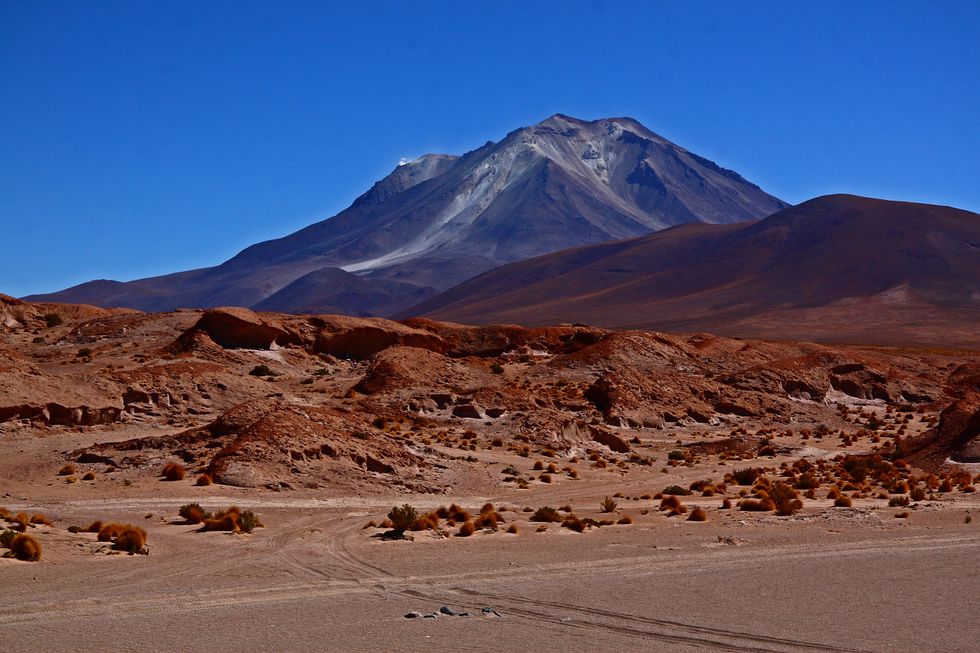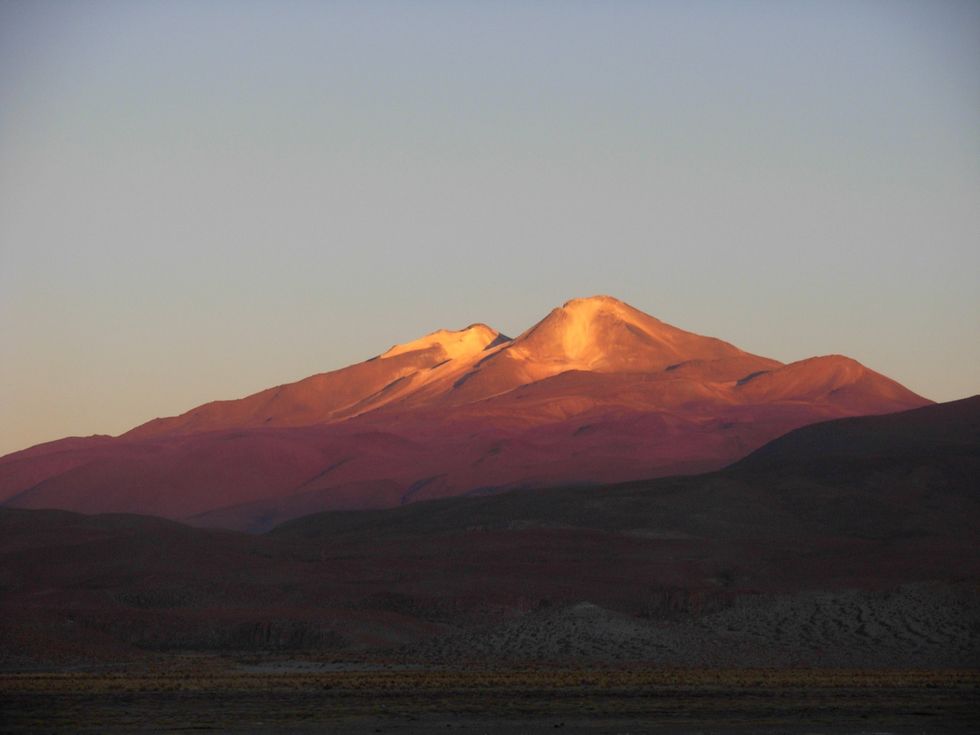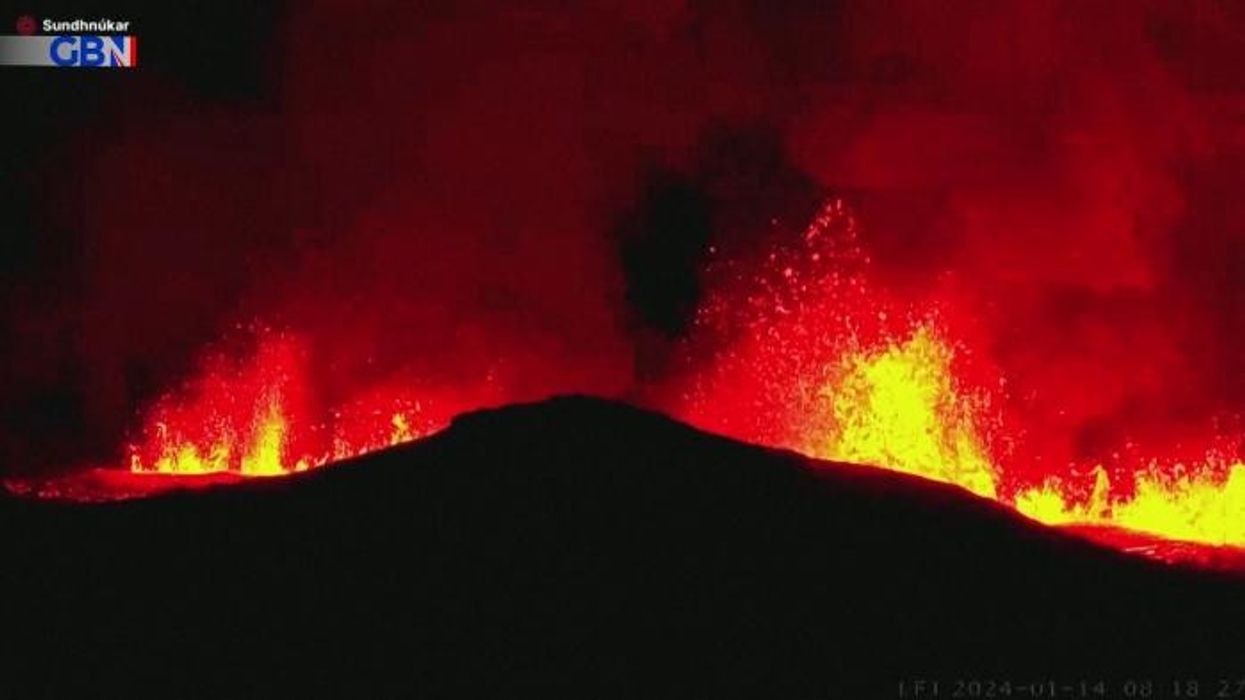Mystery of rumbling 'zombie volcano' finally solved after showing signs of eruption
The volcano last erupted 250,000 years ago
Don't Miss
Most Read
Scientists have finally solved the mystery of a rumbling "zombie" volcano which shows ominous signs of eruption.
A new international study published in the journal PNAS has shed light on the strange internal workings of Bolivia's Uturuncu volcano - which is technically extinct.
Researchers from China, the UK and the US conducted high-resolution imaging to better understand what's happening beneath the surface.
Their findings indicate that the volcano's rumbling is caused by the movement of liquid and gas beneath the crater, with it still ejecting gas plumes.
 The mystery of a rumbling 'zombie volcano' has been solved | Flickr
The mystery of a rumbling 'zombie volcano' has been solved | FlickrThe volcano's rumbling has been linked to frequent earthquakes in the area.
It has also caused land deformation, with its base rising and the surrounding areas sinking.
These unusual activities had raised fears of an imminent eruption, which could potentially cause widespread damage.
Researchers have been working to better understand the volcano's behaviour to assess the severity of any potential eruption.
LATEST DEVELOPMENTS:
In the latest study, scientists imaged the inside of the volcano.
The imaging revealed how fluids and gases pass through magmatic reservoirs and hydrothermal systems beneath the crater.
Uturuncu sits above the largest known magma body in Earth's crust and has an active hydrothermal system connecting to this magma body.
Until now, it has been unclear exactly how fluids moved. The researchers concluded that the deformation in the centre of the volcanic system most likely caused these fluid movements.

Uturuncu sits above the largest known magma body in the Earth's crust
|Flickr
By analysing the underground structure and physical properties such as rock composition, they were able to detect upward migration channels of hot fluids.
This allowed them to understand how liquids and gases accumulated in reservoirs below the crater.
Mike Kendall, co-author of the study from the University of Oxford, said: "Our results show how linked geophysical and geological methods can be used to better understand volcanoes, and the hazards and potential resources they present."
Matthew Pritchard from Cornell University added that their methods "could be applied to the more than 1400 potentially active volcanoes and to the dozens of volcanoes like Uturuncu that aren't considered active but that show signs of life, other potential zombie volcanoes".











